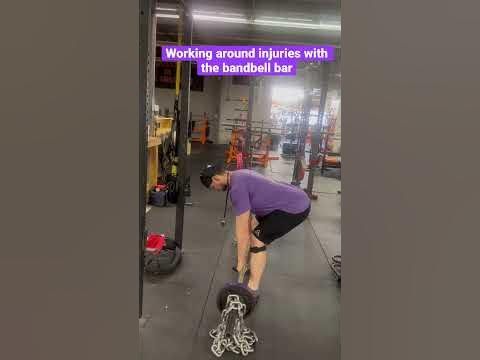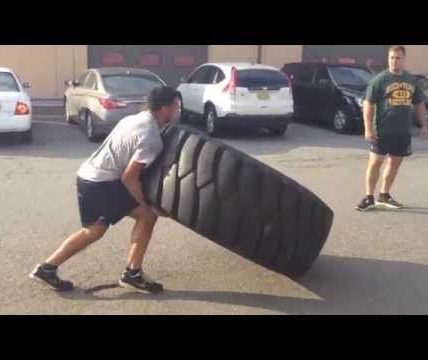Strongman training is a physically demanding and intense sport that requires immense strength, skill, and determination. However, like any sport, injuries are an unavoidable part of the journey for strongman athletes. Proper injury management is crucial to ensure a safe and long-lasting career in this challenging discipline.
Understanding Common Injuries in Strongman Training
Strongman training involves pushing the body to its limits, often lifting heavy weights and performing various intense exercises. Some common injuries that strongman athletes may encounter include:
Back Strains and Tears: The lower back is particularly vulnerable in strongman training, as it carries much of the load during lifts and carries. Poor form, overexertion, and sudden movements can strain or tear the muscles and ligaments in the back.
Shoulder Injuries: Overhead pressing, log lifts, and carrying heavy loads can put significant stress on the shoulders. This can lead to strains, impingements, or even dislocations.
Bicep Tears: When performing strongman exercises that involve heavy gripping, such as farmer’s walks or axle deadlifts, the biceps are put under immense strain. This can result in partial or complete tears of the bicep tendon.
Knee Injuries: Squats, yoke walks, and tire flips can place substantial stress on the knees, making them prone to strains, ligament tears, or cartilage damage.
Prevention is Key
While injuries are not entirely preventable, there are steps strongman athletes can take to reduce the risk:
Warm-Up: Always start your training sessions with a thorough warm-up to get your muscles and joints prepared for the upcoming challenges. Incorporate dynamic stretches, mobility exercises, and light cardio to increase blood flow and improve flexibility.
Strength and Conditioning: Building a solid foundation of strength and conditioning is essential for injury prevention. Focus on strengthening the supporting muscles around the main movers in your exercises.
Proper Technique: Master the correct form and technique for each exercise before adding heavy loads. Engaging a qualified coach can help ensure you are using proper technique and reduce the risk of injury.
Listen to Your Body: Pay attention to warning signs like persistent pain, discomfort, or restricted mobility. Pushing through pain can lead to more severe injuries, so it’s crucial to listen to your body and make necessary adjustments to your training.
Injury Management Strategies
If you do experience an injury during strongman training, it’s crucial to follow these strategies for effective injury management:
Seek Medical Attention: Consult with a sports medicine professional or orthopedic specialist to get an accurate diagnosis and appropriate treatment plan.
Rest and Recover: Give your body the time it needs to heal. Follow the prescribed rest and recovery period, and avoid any activities that exacerbate your injury.
Physical Therapy and Rehabilitation: Working with a qualified physical therapist can help you regain strength, mobility, and proper movement patterns after an injury.
Gradual Return to Training: Once cleared by your medical professional, gradually reintroduce exercises and loads back into your training routine. Start with lighter weights and gradually increase intensity to avoid re-injury.
Proper Nutrition and Hydration: Support your body’s healing process by fueling it with a balanced diet rich in nutrient-dense foods and staying adequately hydrated.
Use of Supportive Gear: When returning to training, consider using supportive gear such as belts, knee sleeves, or wrist wraps to provide additional stability and reduce the risk of further injury.
Mental Resilience: Healing from an injury can be mentally challenging, but it’s essential to stay positive and maintain a strong mindset throughout the recovery process.
Conclusion
Strongman training is undeniably demanding, but proper injury management can significantly contribute to a safe and successful career in this exhilarating sport. By focusing on prevention, listening to your body, and following appropriate injury management strategies, you can mitigate the risk of injuries and optimize your performance in strongman training.




